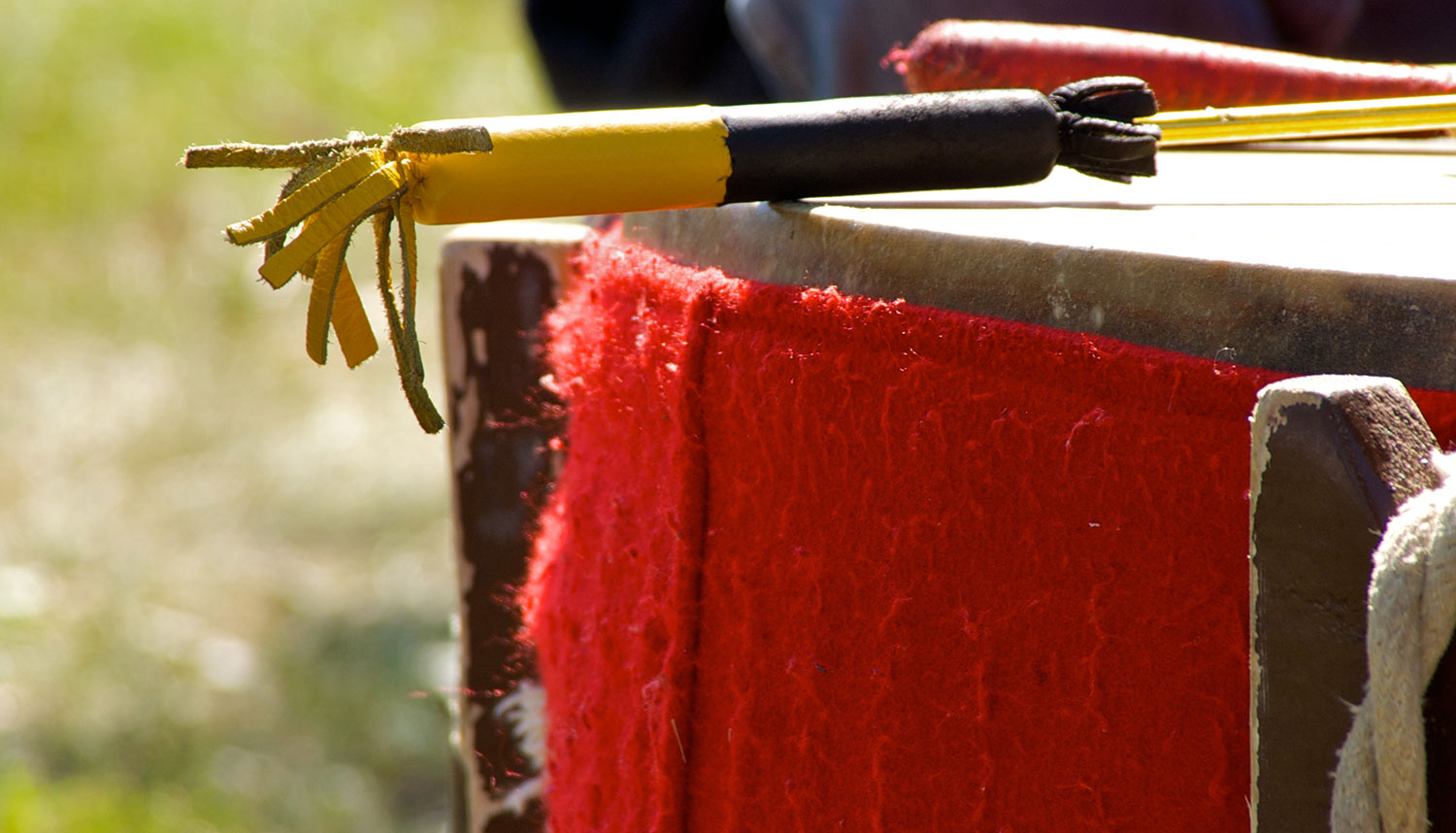
Factors like traditions and rituals, family relationships and ties to the community all influence how we adapt and recover from trauma. (Photo by Jeremy Schultz, available under a Creative Commons Attribution-No Derivatives licence. https://flic.kr/p/5gAtno)
A recent report from Statistics Canada explains the economic toll the Fort McMurray wildfire took, ranking it as the most expensive natural disaster in Canadian history with $3.7 billion in insured losses.
As a result of the wildfire, more than seven million job hours were lost; Canada's exports of refined energy products dropped by more than 16 per cent; and, the country's gross domestic product decreased by an estimated 0.4 per cent.
But what of the human toll?
Nearly 90,000 people were involved in the largest mass evacuation in Canadian history. Despite firefighters' efforts, thousands of residences were lost in Fort McMurray. The neighbourhoods of Abasand, Beacon Hill and Waterways were the hardest hit.
"It hasn't been widely reported that about 80 per cent of people living in these three neighbourhoods are First Nation or Métis," says Stephanie Montesanti, researcher and assistant professor in the School of Public Health. "Wood Buffalo is home to a large population of Indigenous people living not only in urban Fort McMurray, but in reserves and settlements, as well."

Montesanti has been awarded more than $400,000 to conduct research into how the wildfire impacted the Indigenous population. The research is funded through a joint partnership of the Canadian Institutes of Health Research, the Canadian Red Cross and Alberta Innovates. She is supported by a strong team, including School of Public Health researchers Cam Wild and Candace Nykiforuk and University of Alberta researcher Tara McGee from the Faculty of Science.
There has been research into the health, social and psychological impacts a wildfire event such as The Beast has on evacuees, their families and their community. However, Montesanti admits that up until now, very little of that research has focused specifically on Indigenous people and communities.
"This is likely due to the historical treatment of Indigenous people in Canada," says Montesanti. "From a public health perspective, and in the spirit of the Truth and Reconciliation Commission, we need to understand how the Indigenous peoples and communities have been affected. Then, we have to use what we've learned to reduce the negative impacts these people have experienced and that others may experience in the future."
The project will officially kick off on Earth Day, April 22, with a traditional prayer ceremony. Montesanti will continue to incorporate Indigenous traditions into her research in order to cultivate a deeper understanding of the rich culture and diverse knowledge of the community in which she will be working. Involving partners from the Nistawoyou Association Friendship Centre and the Athabasca Tribal Council will make sure the research process is culturally appropriate and beneficial to participants.
Montesanti's first objective is to examine resilience among the Indigenous community. "Resilience is a concept that varies from culture to culture. We need to define it from an Indigenous perspective," she says. "Factors like traditions and rituals, family relationships and ties to the community all influence how we adapt and recover from trauma."
Early observations suggest that services provided during and after the wildfire haven't adequately addressed the particular needs of the Indigenous community. Montesanti's research will identify those gaps and lead to recommendations to close them.
"What I'd like to see come out of this is a policy framework for the Government of Alberta for responding to a crisis in Indigenous populations," says Montesanti. "This would ensure Indigenous people Alberta-wide are engaged in the process and have the resources and supports they need to be resilient in the face of disaster."